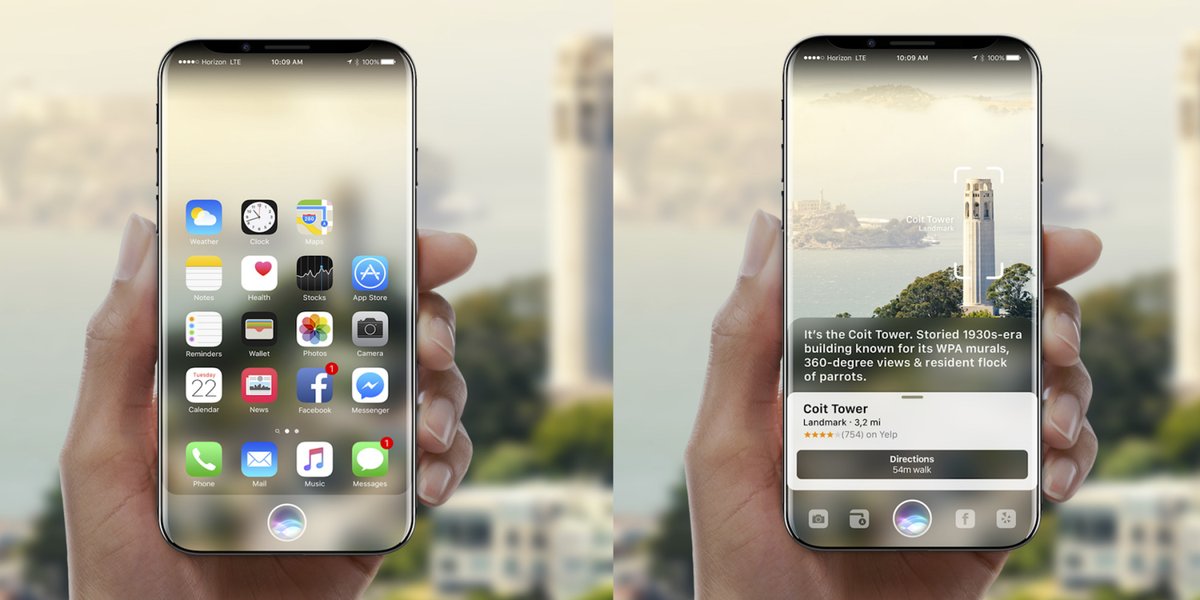One of the main features from Apple Inc’s (NASDAQ:$AAPL) new iPhone X is its 3D-sensing capability, which replaces the fingerprint sensor. The feature incorporates facial recognition with superior augmented reality (AR) experiences through Apple’s new True Depth camera system. Specifically, the vertical-cavity surface-emitting laser array is used to project infrared dots that are subsequently read by an IR camera. Sounds like a game changer.
As history presents itself, once either Apple or Android comes up with a new breakthrough feature, the other almost always immediately replicates the feature in a better format. However, for once, Android is having a difficult time matching up against its nemesis: Android original equipment manufacturers (OEMs) are simply not producing adequate 3D-sending equipment.
Currently, there are only two Android devices that support Alphabet subsidiary Google (NASDAQ:$GOOGL)’s Project Tango: the Lenovo Phab 2 Pro and ASUS ZenFone AR. But, unlike the iPhone X, the low-volume driving VCSEL chips aren’t exactly made for the mainstream use.
Despite manufacturers’ efforts to ramp up production, VCSEL’s manufacturing capacity is still rather immature. It also doesn’t help that Apple locked up most of early capacity through exclusive supply agreements.
Android is hoping to adopt 3D sensing in the first half of 2018, although speculated performance is sought to be well below Apple’s.
Featured Image: twitter










